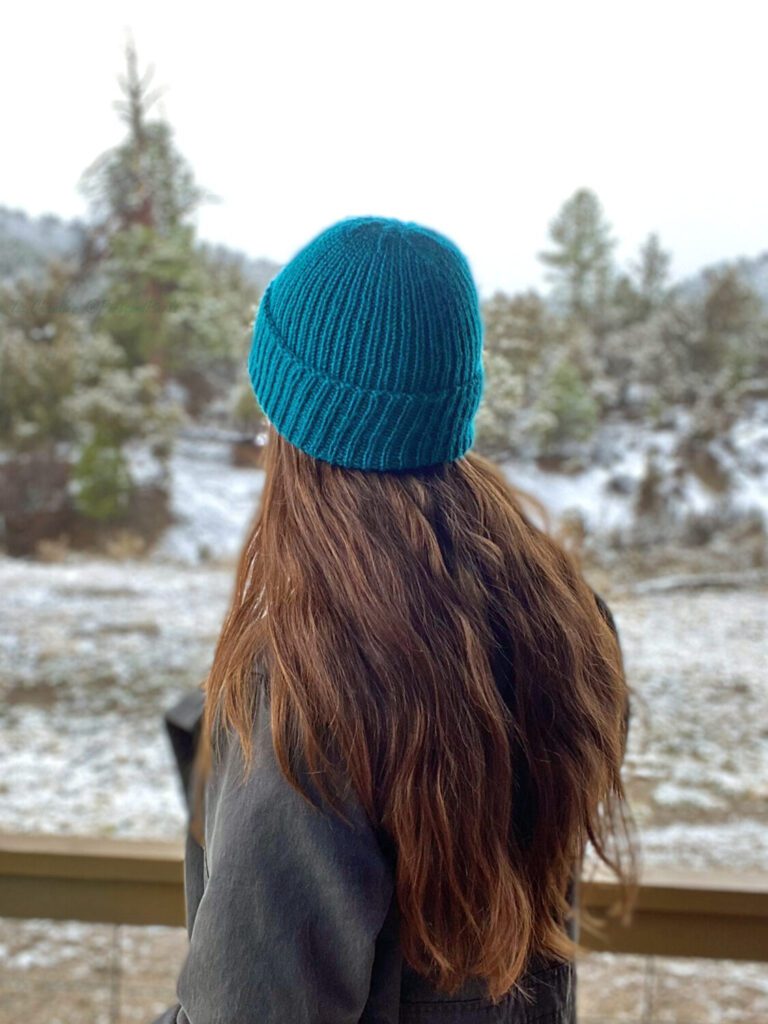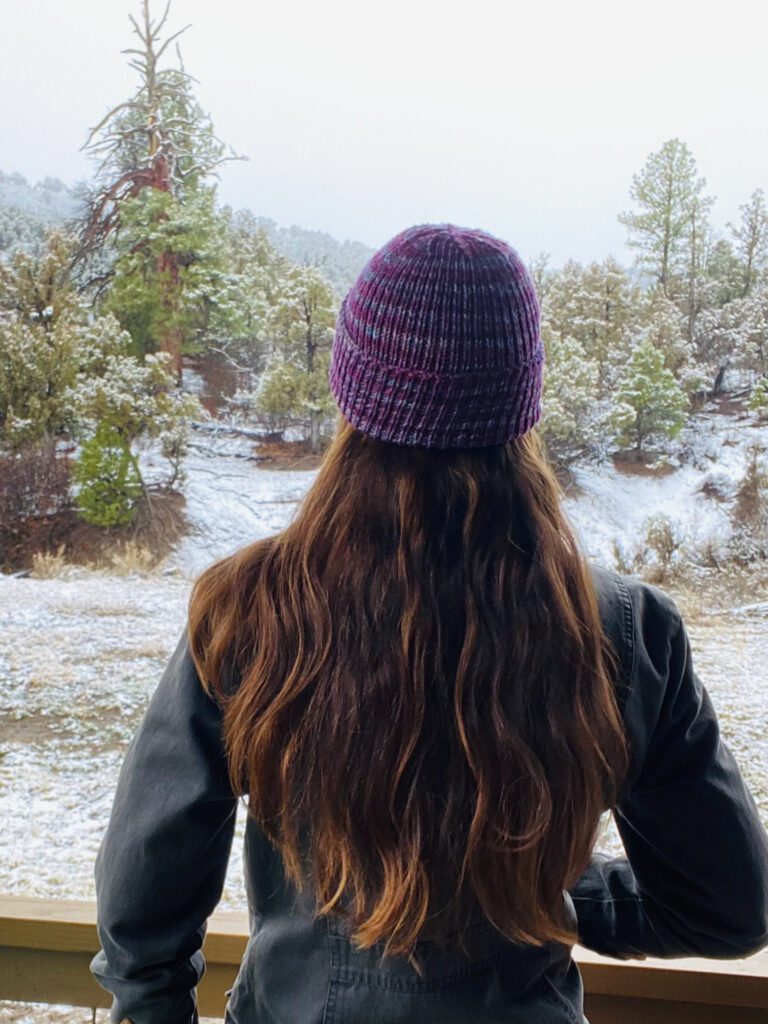A Lunar Eclipse You Should Stay Up For 🌒
Let me tell you how much I love the stars. There is something about looking up at a sky full of them that makes everything else feel small in the best way. I have always been a stargazer, watching meteor showers, learning constellations, and tracking the moon through its phases. When a Blood Moon comes around, you better believe I will be outside watching every second of it.
On the evening of March 13 & 14, a total lunar eclipse will turn the moon a deep red. If you have never seen one before, this is your chance. It is one of those rare moments when the night sky puts on a show you will not forget. Now, we just have to hope the storm clouds clear enough for us to actually see it.

What Is a Blood Moon?
A Blood Moon happens when the Earth moves directly between the sun and the moon, casting a shadow that filters out all but the deep red and orange wavelengths of light. The result? The moon turns a stunning shade of red, glowing eerily against the night sky.
Unlike solar eclipses, you do not need any special glasses or equipment to watch a lunar eclipse. All you need is your own two eyes and a clear sky.
When and Where to See the Blood Moon Eclipse 2025
I will be out there, bundled up in a blanket, watching the whole thing unfold. Here is when to look:
- Date: Night of March 13 into the early morning of March 14
- Eclipse Begins: 9:57 p.m. MST
- Total Eclipse (Best Viewing Time): 12:26 a.m. MST
- Eclipse Ends: 4:00 a.m. MST
- Where You Can See It: North America (weather permitting)
How to Get the Best View of the Blood Moon Eclipse 2025
Lunar eclipses are completely safe to watch with the naked eye, but if you want to make the most of it, try the following:
- Find a Dark Spot. The farther from city lights, the better. If you can get out to a rural area, you will see much more detail.
- Use Binoculars or a Telescope. The moon looks incredible during an eclipse, and a little magnification makes it even better.
- Be Patient. The moon does not just turn red in an instant. It slowly changes over a few hours, so settle in and enjoy the process.
- Take Photos. A smartphone on a tripod with night mode can capture some amazing shots. Or, if you have one, this is a great time to practice your nighttime photography with your camera and zoom lens.
Why This Blood Moon Eclipse Matters
Total lunar eclipses do not happen all the time. This is the last total eclipse North America will see until 2026, so if you miss it, you will be waiting a while for the next one. There is also something special about looking up at the sky and realizing you are watching the same moon as people across the world at the exact same moment.
For me, stargazing has always been a way to feel connected to something bigger. Watching the moon shift to red, with stars sparkling all around it, reminds me why I love the night sky so much. It is peaceful, awe-inspiring, and, for a little while, makes you forget about everything else.
Dark Skies for Best Viewing
If you are lucky enough to live near Mesa Verde National Park or another one of the country’s official Dark Sky Parks, this eclipse will be even more incredible. Dark Sky Parks are designated areas with minimal light pollution, meaning you will get the clearest, most breathtaking view possible. Even if you are not near one, do not worry; just head to the darkest spot you can find, and you will still get a great show.
How to Keep Dark Skies on Your Homestead
If you live in a rural area or on a homestead, you have the power to help protect the night sky from unnecessary light pollution. Even small changes can make a big difference in keeping the stars visible.
- Use Warm, Low-Intensity Lighting. Harsh white or blue-toned lights scatter more and create more glare. Warm, yellow-toned lights are softer on the eyes and the sky.
- Install Motion Sensors. Instead of leaving lights on all night, use motion-activated security lights. This keeps your property safe while reducing unnecessary light pollution.
- Shield Your Lights. Downward-facing lights prevent excess light from spilling into the sky. Simple covers or shades can help direct light where it is actually needed.
- Turn Off What You Do Not Need. If you do not need the porch light on, turn it off. A simple habit like this can help keep your night sky clear.
These small steps will not only help you enjoy better stargazing but also keep the ecosystem around you healthier. Artificial light affects wildlife more than we realize, and cutting down on excess lighting can help nocturnal animals navigate the night as nature intended.
2025 Blood Moon Eclipse: Do Not Sleep Through This One!
If you can, stay up late for this. Wrap yourself in a warm blanket, grab a hot drink, and take a few minutes to look up. The universe is putting on a show, and it is absolutely worth watching.
If you are lucky, you might even be wrapped in a blanket you made yourself. Nothing beats stargazing under something handcrafted, whether it is a cozy knit shawl or a thick wool blanket. If you have not started one yet, now might be the perfect time. A hand-knit blanket will keep you warm through every celestial event to come, and who knows? By the time the next Blood Moon rolls around in 2026, you might have a new favorite stargazing companion.
Let me know if you will be watching. If you snap any photos, I would love to see them! Here is hoping for clear skies. 🌕
Read More
🙏 Gratitude Blanket Pattern: Cozy Comfort for Every Home
🏡 Cozy Lifestyle Basics: Mountain Living Edition
🌱 Planning to Garden This Year?
🌿 Building Your Backyard Garden from Scratch
🍓 Planting Strawberries and Asparagus in Southwest Colorado
🌸 Defeating Bindweed: A Gardener’s Battle
Mountain Living Essentials
✨ Never Miss a Homestead Story
Join my newsletter for exclusive patterns, homesteading tips, and wildlife updates! 💌











































